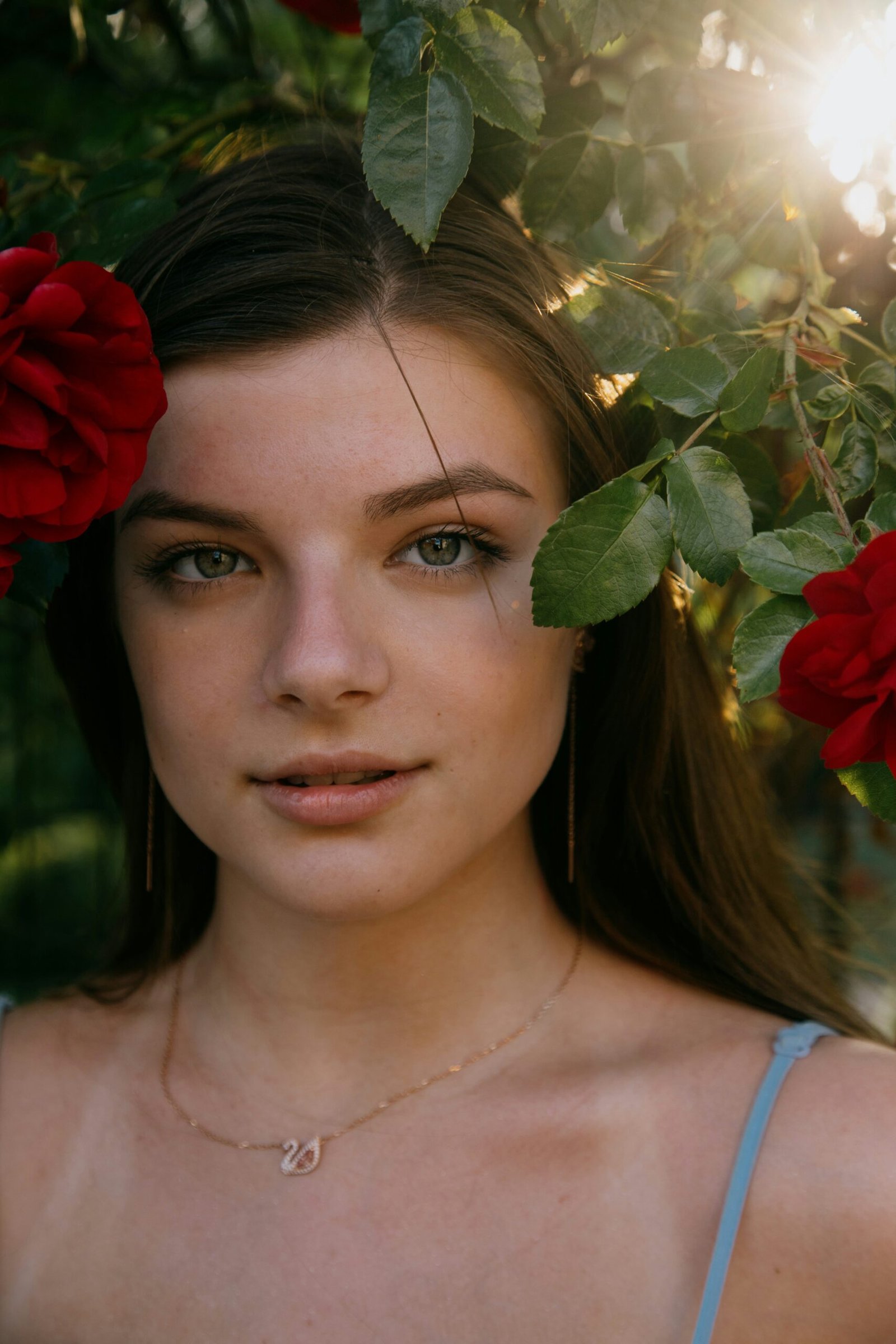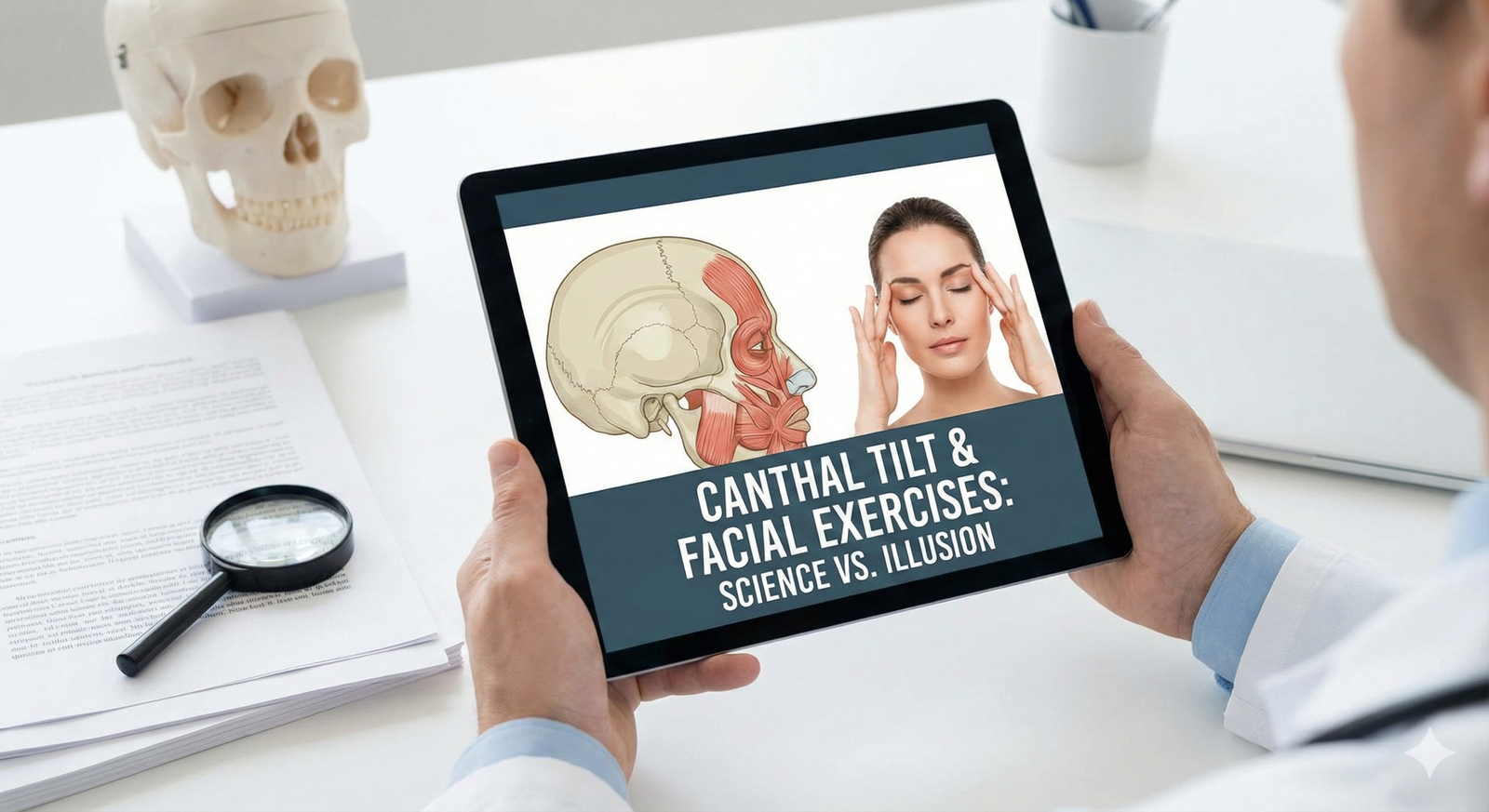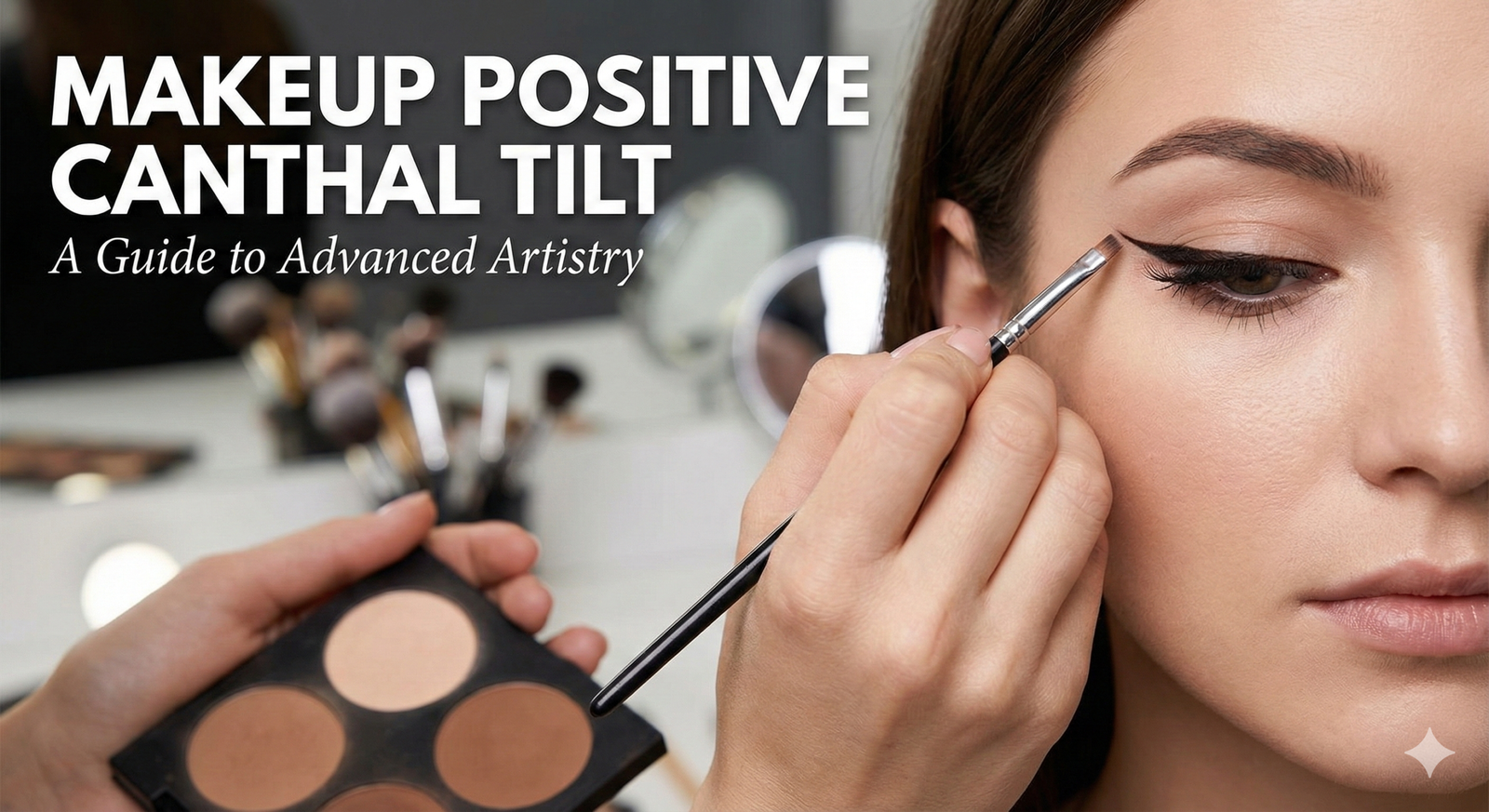Unveiling the Timeless Charm of Classical Beauty
When it comes to beauty, there are many different standards and ideals that have evolved over time. One such standard that has stood the test of time is classical beauty. But what exactly is classical beauty, and when did it start?
The Essence of Classical Beauty
Classical beauty refers to a standard of beauty that is timeless, elegant, and harmonious. It is often associated with the ideals of ancient Greece and Rome, where beauty was seen as a reflection of balance, proportion, and grace. Classical beauty celebrates natural features and embraces simplicity, emphasizing the importance of inner beauty and character.
Unlike fleeting trends and fads, classical beauty transcends time and remains relevant in today’s world. It is not limited to a specific age, gender, or culture but is universally appreciated and admired. From the statues of ancient Greek gods and goddesses to the portraits of Renaissance masters, classical beauty has left an indelible mark on art, culture, and society.
The Origins of Classical Beauty
The concept of classical beauty can be traced back to ancient Greece, where it was deeply ingrained in their culture and philosophy. The Greeks believed that beauty was a reflection of the divine and that it could be found in nature, art, and the human form. They celebrated the ideal proportions of the human body and sought to emulate them in their sculptures and architecture.
During the Renaissance period, classical beauty experienced a revival as artists and scholars looked to the past for inspiration. They studied the works of ancient Greek and Roman artists, such as Phidias and Praxiteles, and sought to recreate their ideals of beauty in their own art. This led to a renewed interest in the human form and a focus on capturing the essence of classical beauty in paintings and sculptures.
The Timeless Appeal of Classical Beauty
One of the reasons why classical beauty has endured throughout the ages is its timeless appeal. Unlike trends that come and go, classical beauty is not bound by the constraints of time or fashion. It celebrates the inherent beauty of the human form and emphasizes the importance of inner qualities such as grace, dignity, and wisdom.
Classical beauty is not limited to physical appearance but extends to one’s character and demeanor. It is about embodying qualities such as kindness, integrity, and self-confidence. In a world that often values external beauty over inner qualities, classical beauty serves as a reminder that true beauty comes from within.
Today, classical beauty continues to inspire and captivate. It can be seen in the graceful movements of a ballet dancer, the timeless elegance of a black and white photograph, or the harmonious lines of a well-designed building. It is a reminder of the enduring power of beauty and its ability to touch our hearts and souls.
Embracing Classical Beauty
While classical beauty may seem like an unattainable ideal in today’s world, it is important to remember that beauty comes in many forms. Each person has their own unique beauty that should be celebrated and cherished. Embracing classical beauty means embracing your own individuality and finding beauty in the things that make you unique.
Take the time to appreciate the beauty around you, whether it be in nature, art, or the people you encounter. Cultivate inner qualities such as kindness, compassion, and self-confidence, as these are the qualities that truly make a person beautiful.
In a world that is constantly changing and evolving, classical beauty remains a constant. It is a reminder of the timeless qualities that define true beauty and a testament to the enduring power of the human spirit.




